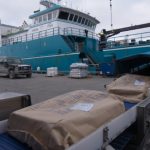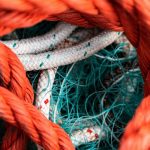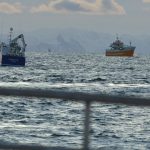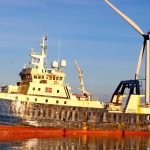At a meeting between Natural England and JNCC, the Government’s statutory advisors on Nature Conservancy and the Federation it was warned that the fishing industry was entirely right in treating the rush to introduce a variety of marine protected areas with deep suspicion and that suspicion would remain until its fears are allayed.
It is told that fishermen are more vulnerable than any other marine group, and marine protected areas had the capacity to disrupt, and even destroy fishing livelihoods. This meeting was said to be attended by NFFO regional representatives and a large delegation from English Nature and JNCC, provided the opportunity to detail the industry’s concerns, particularly in relation to the recently announced inshore Special Areas of Conservation.
It is said that the meeting provided the opportunity for the Federation to make a number of central points. The many different types of marine protected areas (Special Areas of Conservation, Special Protection Areas, marine conservation zones, highly restricted marine areas), along with the many different jurisdictions (EU, UK, England, Wales, Northern Ireland, Scotland, Defra, MFA, Sea Fisheries Committees, IFCAS, Ospar) and the different timetables for introduction, had created a virtually impenetrable jungle of regulation and regulators all tasked with introducing restricted areas of one type or another.
Although the nature conservancy bodies are concerned with establishing MPAs, the fishing industry is also confronted with potentially huge areas of seabed commandeered by the offshore wind-farm industry. If the introduction of MPAs is to be achieved in the most painless way possible, the Government’s statutory advisors will need to engage with the fishing industry at the local, regional, national and international levels.








